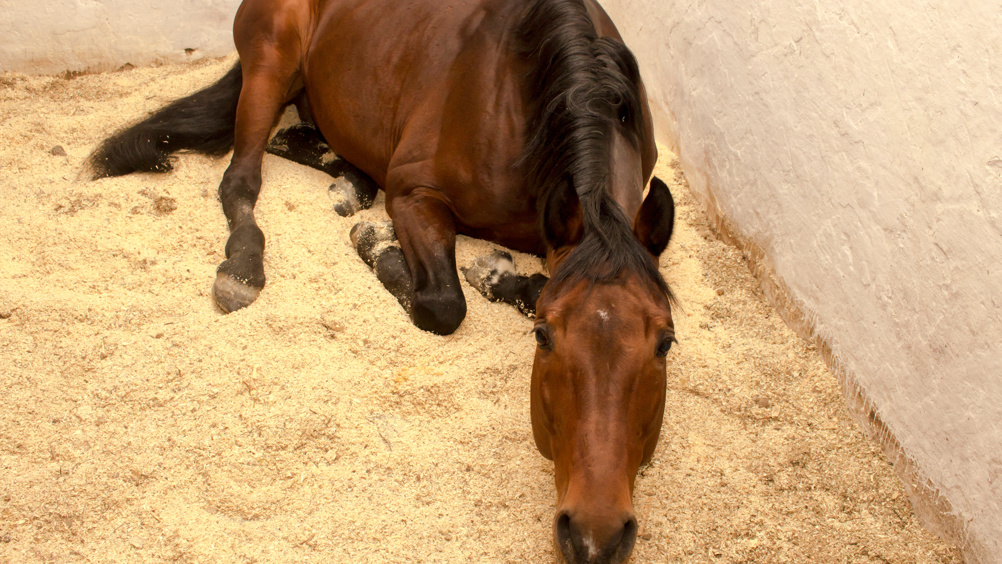References
Recovering horses after general anaesthesia

Abstract
The recovery phase after general anaesthesia in horses is associated with significant risk. Optimising recovery safety and improving outcomes is an active area of research in the equine veterinary literature. Several risk factors which may negatively influence recovery quality have been identified, but study results relating to treatment options have been conflicting in many cases. This review article describes the risks associated with recovery after equine anaesthesia and explores the evidence relating to physical and pharmacological options which may improve recovery quality.
Anaesthesia-related mortality has not improved in the last 50 years. In 1969, a mortality rate of 1.5% relating to equine anaesthesia was reported in a descriptive case series from the Royal (Dick) School of Veterinary Studies in Edinburgh (Mitchell, 1969). In 2002, the confidential enquiry into perioperative equine fatalities (CEPEF 1-2) reported an overall anaesthetic-related mortality of 1.9% (Johnston et al, 2002). In 2020, two large single-centre retrospective cross-sectional studies reported a general anaesthesia-related global mortality rate of 1.4% (Laurenza et al, 2020; Nicolaisen et al, 2020). Interestingly, further appraisal of these studies suggests that the recovery period has become the most crucial stage of anaesthesia as the incidence of fatalities during this period has increased, while fatalities during induction or maintenance of anaesthesia have decreased. In early reports, only 14.3% of anaesthetic-related mortalities occurred during recovery from anaesthesia (Mitchell, 1969), whereas later studies reported an incidence of 32.6–52.3% (Johnston et al, 2002; Bidwell et al, 2007). Furthermore, the most recent studies suggested that between 81.0% and 92.0% of anaesthesia-related complications occur during the recovery period (Laurenza et al, 2020; Nicolaisen et al, 2020). It is established that recovery is a crucial phase of anaesthesia but is also the most difficult phase to control (Hubbell, 2005).
Register now to continue reading
Thank you for visiting UK-VET Equine and reading some of our peer-reviewed content for veterinary professionals. To continue reading this article, please register today.

